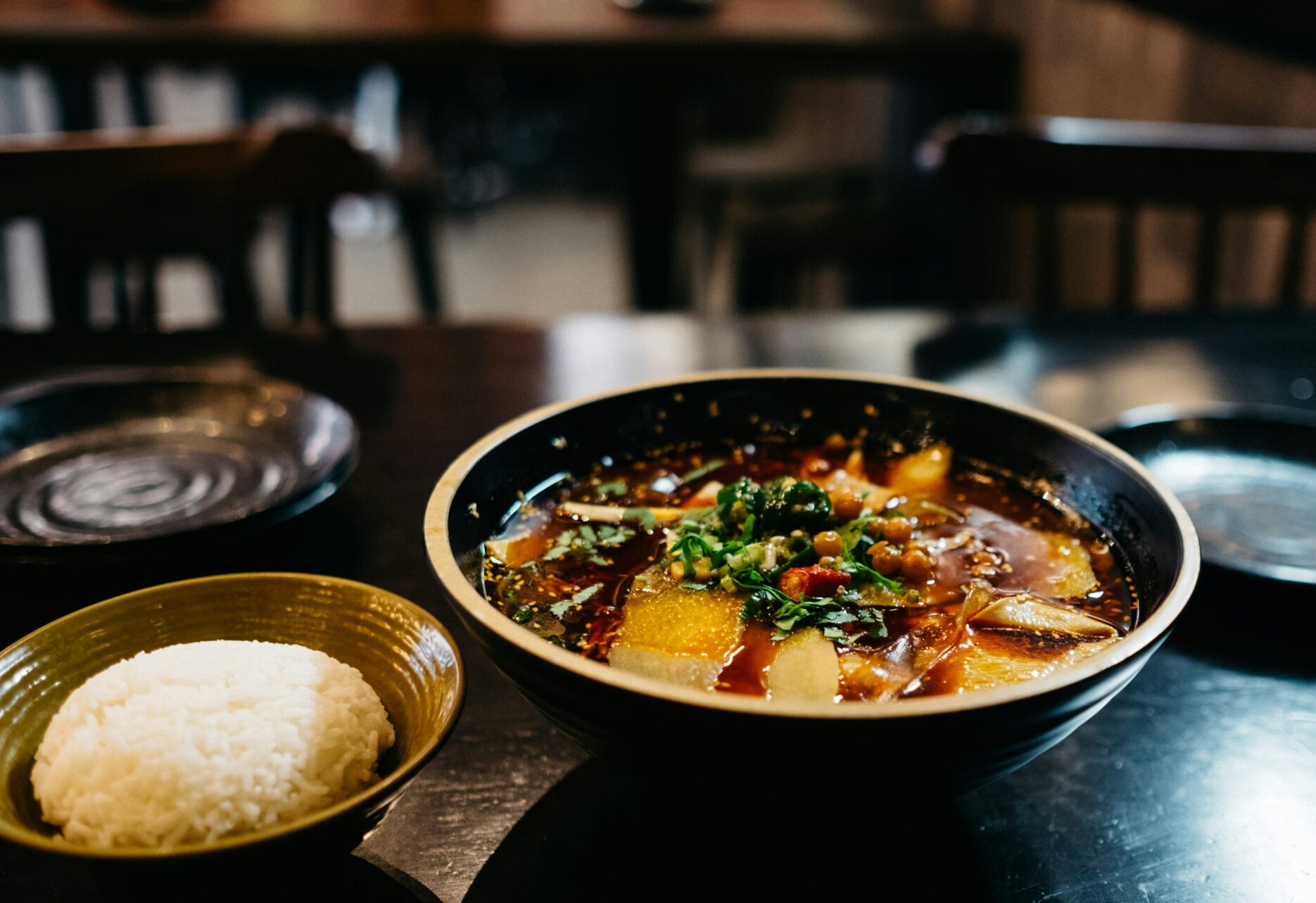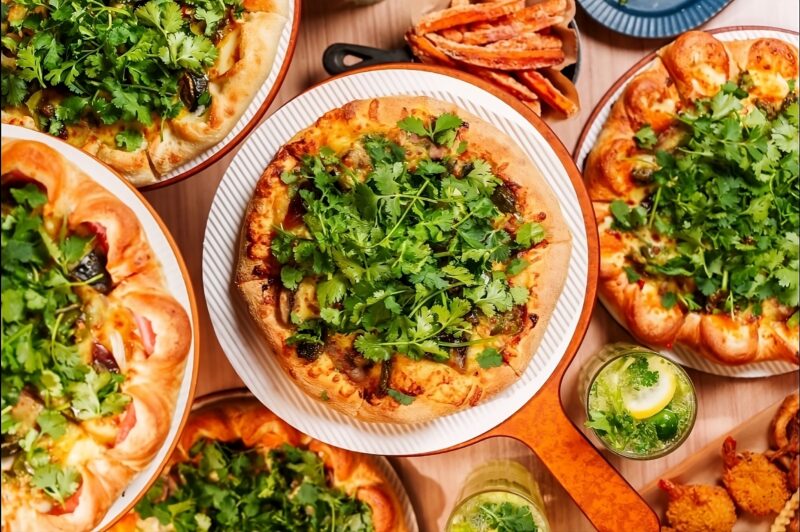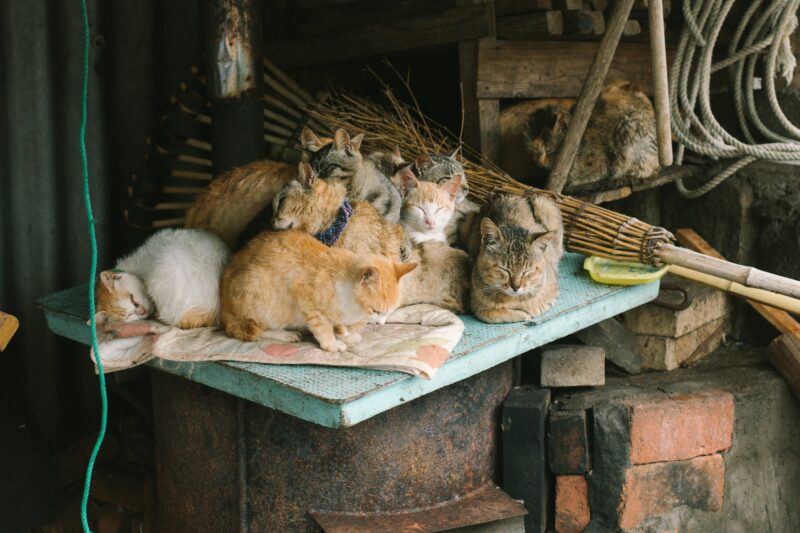City Marketing was one of the hottest buzzwords in 2023. From Zibo last April to Harbin around the new year, how cities leverage marketing strategies and techniques to promote their tourism, culture and cuisine has become a closely watched area. As the Qingming holiday nears, one city is hotly anticipated to become the next Zibo and Harbin: Tianshui, Gansu. Like the barbeque in Zibo and the frozen pears of Harbin, the street food staple, malatang of Tianshui quickly took over social media.
As the Qingming holiday nears, one city is hotly anticipated to become the next Zibo and Harbin: Tianshui, Gansu
What is Tianshui and what’s malatang?
Tianshui is the second largest city in the landlocked Gansu province, after the provincial capital Lanzhou. The city’s main tourist attraction before it went viral was the Maijishan Grottoes, which is an ancient cave-temple complex, similar to the Mogao Caves also in Gansu.
Malatang (“麻辣烫”, lit. numbing, spicy and piping hot) is a common street food in China, having its roots in Sichuan. It features various ingredients, normally chosen by the diner from a selection provided and boiled in chilli-fuelled broth, like a hot pot but operated by a chef. The Tianshui malatang’s variation is mostly from local ingredients, as it is home to Tianshui Szechuan Pepper and Gangu chilli, as well as potatoes that are used as starchy noodles and balls.
Up until 22 March, Tianshui malatang-related short-form video posts had reached over 10 billion views. Currently, on the lifestyle social platform Xiaohongshu (RED), notes about Tianshui have reached over 370,000. Data from Ctrip shows that the booking for Tianshui has grown 21 times year-on-year. Locally, malatang orders grew 180% in two weeks, and this also propelled malatang-related businesses such as enoki mushrooms and chilli farming companies to the spotlight.
Harbin 2.0? Zibo 3.0?
Tianshui has taken a leaf out of Harbin and Zibo’s city marketing playbook with the three-pronged campaign being driven by the authorities, influencers and locals.
The Gansu Department of Culture and Tourism released a rap music video introducing Tianshui’s attractions along with the malatang, while food and travel influencers flooded the city to get a taste. People outside the city are also trying to capitalise on the viral phenomenon. Like Zibo’s “barbeque express” trains, Xi’an, Shaanxi also arranged 4 “malatang express” trains for travellers to the city in neighbouring Gansu province. But the locals are also doing their part.
The origin of this round of popularity for Tianshui is a 7-second video post about Tianshui’s malatang, which gained over 86 million views. This post was made by a local university student. Like in Zibo and Harbin, locals, stall owners and others in the service industry, all try to provide the hospitality that would become heart-warming content. For example, on Weibo, China’s Twitter equivalent, the topic “Tianshui malatang broke the wok” (#天水麻辣烫把锅煮烂了#) about a chef who cooked so much malatang the wok gave way reached number 1 on the Hot Search list, amassing 160 million views.
Provincial liaison offices in Beijing often open their canteen as restaurants and tend to be regarded as the most authentic of the provinces’ cuisine
To harness the power of the viral malatang, Gansu restaurants all over China have put Tianshui malatang on the menu. Provincial liaison offices in Beijing often open their canteen as restaurants and tend to be regarded as the most authentic of the provinces’ cuisine. Gansu’s liaison office restaurants launched an 88 RMB (12.18 USD) malatang menu and sold 300 sets a day, with wait times reaching 40 minutes. University canteens and hot pot restaurants are also trying to leverage the craze. Even hot pot giant Haidilao has put Tianshui-made potato noodles on its menu.
It’s viral, what next?
This is a big question for city marketing. Zibo was famously depicted as deserted after its boom in the Mayday holidays, especially when Harbin was trending. However, as barbeque is typically a summery food, the attraction of Zibo this spring and summer should be deemed as the real test.
Admittedly, it is unlikely Zibo will replicate its 2023 heyday, especially with Tianshui waiting in line. The city marketing campaign should be considered a success if it manages to exceed the pre-pandemic travel level, or at least top its 2022 record.
Harbin’s success is a little different from Zibo’s. Harbin is the provincial capital with many more resources and attractions. The city has been hosting the Ice and Snow Festival in its current form since 2001, with roots dating back to 1985.
In this sense, Tianshui is more comparable to Zibo. Unlike Harbin which was already a destination, these small cities were not known for tourism before the buzz. Both cities needed the opportunity to put themselves on the map.
Unlike Harbin which was already a destination, these small cities were not known for tourism before the buzz
Some analysts foresee that the problem with barbeque and malatang is that they are common street food which is available all over the country, and the regional riffs are not unique enough to warrant repeated visits. In this sense, Liuzhou, Guangxi’s ability to make an instant version of its viral luosifen snail broth noodles and sell them all over the country can be a good model to follow.
On the other hand, Tianshui, like Harbin, tries to leverage existing resources and tourist attractions such as the Maijishan Grottoes and other historical sites. With the support of state-backed media and local authorities, Tianshui is geared up for a busy Qingming holiday. Without the seasonal limitations of barbeque or skiing, will Tianshui break the perceived curse of viral city marketing? Guess we’ll have to wait and see.









